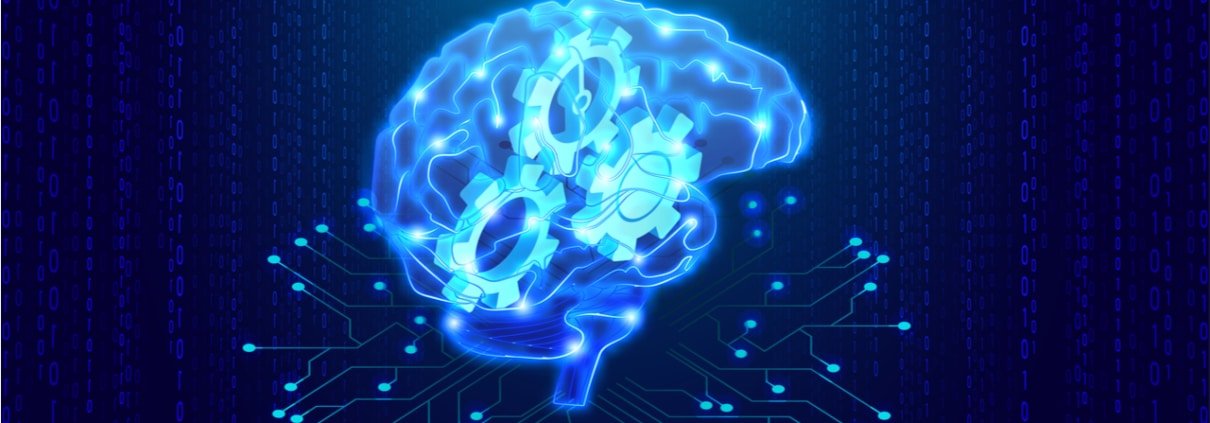
In a groundbreaking convergence of artificial intelligence and neuroscience, researchers are making unprecedented strides in deciphering the complex language of the human brain. Utilizing sophisticated machine learning algorithms, scientists are now able to translate brain signals into intelligible thoughts, opening a new frontier in understanding the very essence of human cognition.
This remarkable feat is achieved through the use of brain-computer interfaces (BCIs), devices that record neural activity and transmit the data to AI systems for analysis. By identifying patterns within this vast neural symphony, researchers have successfully decoded a range of thoughts, from simple movements to complex emotions and even the ability to reconstruct images visualized within the mind’s eye.
The Quest to Decode Human Thought: A Journey of Discovery
The endeavor to decode human thought is not new, with early attempts dating back to the 19th century. However, it is only in recent years, with the advent of advanced AI technologies, that this once-fantastical concept has become a tangible reality.
One of the most promising approaches to thought decoding involves the use of functional magnetic resonance imaging (fMRI), which measures blood flow changes within the brain, providing a real-time map of neural activity. By training AI algorithms on fMRI data collected during specific tasks or thoughts, researchers have been able to create predictive models that can accurately identify corresponding mental states.
Breaking the Code: Applications and Implications
The potential applications of thought decoding are vast and far-reaching. In the realm of medicine, this technology could revolutionize the treatment of neurological disorders, allowing doctors to monitor patients’ mental states and tailor therapies with greater precision. For individuals with paralysis or locked-in syndrome, thought decoding could provide a means of communication and interaction with the outside world.
Beyond medicine, thought decoding could also have a profound impact on fields like education, entertainment, and even law enforcement. Imagine a world where students could learn directly from their teacher’s thoughts or where immersive virtual experiences could be created based on the user’s own mental imagery. The possibilities are both exciting and daunting, raising important ethical considerations about privacy and the potential for misuse.
A Personal Perspective: The Wonder and Responsibility of Thought Decoding
As someone who has witnessed the evolution of AI and its impact on various domains, I am both awestruck and humbled by the potential of thought decoding. The ability to tap into the very essence of human consciousness is a feat of unparalleled scientific achievement. However, it also comes with a profound responsibility. As we venture further into this uncharted territory, it is crucial that we navigate with caution, ensuring that the benefits of this technology are harnessed for the betterment of humanity, while safeguarding the privacy and autonomy of individuals.
The Science Behind the Scenes: How AI Decodes Neural Signals
Decoding human thought is a complex process that requires a combination of sophisticated AI algorithms and a deep understanding of brain function. The journey begins with the collection of neural data, typically through fMRI or electroencephalography (EEG). This raw data is then preprocessed and fed into AI models that have been trained to recognize specific patterns associated with different thoughts or mental states.
One of the most common AI techniques used in thought decoding is deep learning, a subset of machine learning that utilizes artificial neural networks to mimic the brain’s own structure and function. By training these networks on vast amounts of neural data, researchers can create powerful predictive models capable of accurately identifying thoughts based on new input.
The Path Ahead: Challenges and Opportunities
While the progress made in thought decoding is remarkable, there is still much work to be done. The human brain is a complex and ever-evolving organ, and the neural language it uses is far from fully understood. The variability between individuals, the dynamic nature of thoughts, and the challenge of distinguishing between conscious and unconscious mental activity all pose significant challenges.
However, the potential rewards of overcoming these obstacles are immense. As AI continues to advance and our understanding of the brain deepens, the possibilities for thought decoding are boundless. From developing new treatments for neurological disorders to creating innovative ways of interacting with technology and the world around us, the implications are nothing short of transformative.
The Ethical Landscape: Balancing Progress and Protection
As with any powerful technology, thought decoding raises a host of ethical concerns. The ability to read another person’s thoughts has profound implications for privacy, autonomy, and the very nature of what it means to be human. The potential for misuse, whether through government surveillance or corporate manipulation, is a serious concern.
To ensure that thought decoding is used responsibly, it is crucial that researchers, policymakers, and the public engage in an open and ongoing dialogue about the ethical implications of this technology. Clear guidelines and regulations must be established to safeguard individual privacy and prevent the exploitation of this powerful tool.
A Glimpse into the Future: Thought Decoding and the Human Experience
The ability to decode human thought is a testament to the ingenuity and curiosity of the human spirit. It represents a significant step towards understanding the most enigmatic and intricate organ in the known universe: the human brain. As we continue to explore the frontiers of thought decoding, we not only unlock the secrets of our own minds but also expand the boundaries of what is possible.
In the future, thought decoding could fundamentally alter the way we interact with technology and with each other. It could enable us to communicate more directly, express ourselves more fully, and even experience the world in new and unimaginable ways. While the challenges are significant, the potential rewards are boundless. As we navigate this brave new world, we must do so with wisdom, empathy, and a commitment to using this newfound knowledge for the betterment of all humanity.